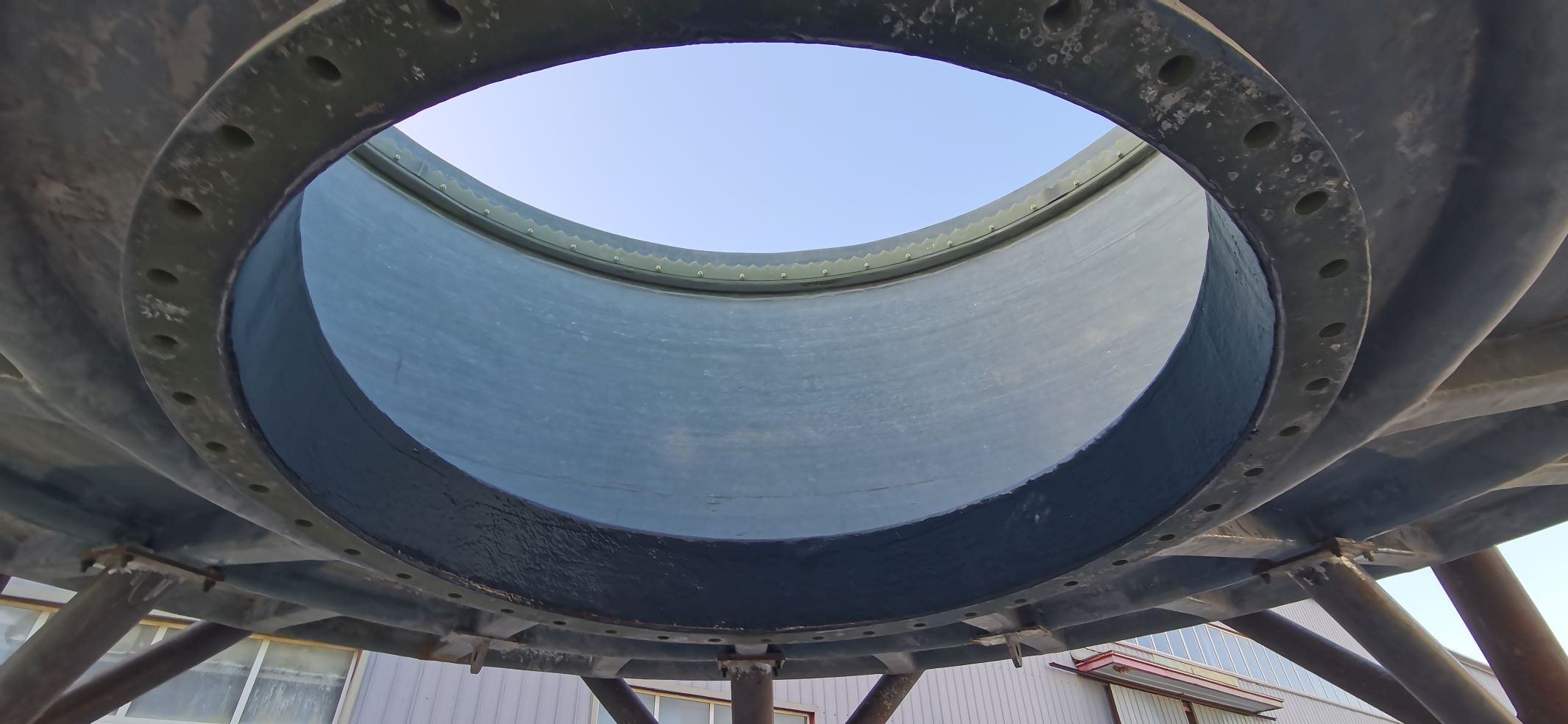
-
 Afrikaans
Afrikaans -
 Albanian
Albanian -
 Amharic
Amharic -
 Arabic
Arabic -
 Armenian
Armenian -
 Azerbaijani
Azerbaijani -
 Basque
Basque -
 Belarusian
Belarusian -
 Bengali
Bengali -
 Bosnian
Bosnian -
 Bulgarian
Bulgarian -
 Catalan
Catalan -
 Cebuano
Cebuano -
 China
China -
 China (Taiwan)
China (Taiwan) -
 Corsican
Corsican -
 Croatian
Croatian -
 Czech
Czech -
 Danish
Danish -
 Dutch
Dutch -
 English
English -
 Esperanto
Esperanto -
 Estonian
Estonian -
 Finnish
Finnish -
 French
French -
 Frisian
Frisian -
 Galician
Galician -
 Georgian
Georgian -
 German
German -
 Greek
Greek -
 Gujarati
Gujarati -
 Haitian Creole
Haitian Creole -
 hausa
hausa -
 hawaiian
hawaiian -
 Hebrew
Hebrew -
 Hindi
Hindi -
 Miao
Miao -
 Hungarian
Hungarian -
 Icelandic
Icelandic -
 igbo
igbo -
 Indonesian
Indonesian -
 irish
irish -
 Italian
Italian -
 Japanese
Japanese -
 Javanese
Javanese -
 Kannada
Kannada -
 kazakh
kazakh -
 Khmer
Khmer -
 Rwandese
Rwandese -
 Korean
Korean -
 Kurdish
Kurdish -
 Kyrgyz
Kyrgyz -
 Lao
Lao -
 Latin
Latin -
 Latvian
Latvian -
 Lithuanian
Lithuanian -
 Luxembourgish
Luxembourgish -
 Macedonian
Macedonian -
 Malgashi
Malgashi -
 Malay
Malay -
 Malayalam
Malayalam -
 Maltese
Maltese -
 Maori
Maori -
 Marathi
Marathi -
 Mongolian
Mongolian -
 Myanmar
Myanmar -
 Nepali
Nepali -
 Norwegian
Norwegian -
 Norwegian
Norwegian -
 Occitan
Occitan -
 Pashto
Pashto -
 Persian
Persian -
 Polish
Polish -
 Portuguese
Portuguese -
 Punjabi
Punjabi -
 Romanian
Romanian -
 Russian
Russian -
 Samoan
Samoan -
 Scottish Gaelic
Scottish Gaelic -
 Serbian
Serbian -
 Sesotho
Sesotho -
 Shona
Shona -
 Sindhi
Sindhi -
 Sinhala
Sinhala -
 Slovak
Slovak -
 Slovenian
Slovenian -
 Somali
Somali -
 Spanish
Spanish -
 Sundanese
Sundanese -
 Swahili
Swahili -
 Swedish
Swedish -
 Tagalog
Tagalog -
 Tajik
Tajik -
 Tamil
Tamil -
 Tatar
Tatar -
 Telugu
Telugu -
 Thai
Thai -
 Turkish
Turkish -
 Turkmen
Turkmen -
 Ukrainian
Ukrainian -
 Urdu
Urdu -
 Uighur
Uighur -
 Uzbek
Uzbek -
 Vietnamese
Vietnamese -
 Welsh
Welsh -
 Bantu
Bantu -
 Yiddish
Yiddish -
 Yoruba
Yoruba -
 Zulu
Zulu
underground fiberglass tanks
The Advantages of Underground Fiberglass Tanks
In recent years, the use of underground fiberglass tanks has gained popularity across various industries due to their numerous advantages over traditional storage options. These tanks have emerged as a reliable solution for storing liquids, including fuel, water, chemicals, and wastewater, owing to their corrosion resistance, durability, and environmental safety features.
One of the most significant benefits of underground fiberglass tanks is their resistance to corrosion. Unlike metal tanks that can corrode over time, fiberglass tanks are constructed from a composite material that does not degrade when exposed to harsh chemicals or the elements. This characteristic extends the lifespan of the tank, often exceeding that of metal alternatives, and reduces the need for frequent replacements or maintenance. In industries dealing with aggressive chemicals, the use of fiberglass tanks ensures that the stored substances remain uncontaminated, promoting safety and compliance with environmental regulations.
Moreover, fiberglass tanks are typically lighter than their metal counterparts, making them easier to transport and install. This lightweight nature reduces the costs associated with installation as less heavy machinery is required to move and position the tanks. Additionally, their versatility allows for installation in various soil conditions and locations, including those where traditional tanks may not be feasible.
Environmental considerations also play a crucial role in the adoption of underground fiberglass tanks. With growing environmental awareness and stricter regulations regarding spill containment and groundwater protection, fiberglass tanks offer superior leak resistance. Their seamless design minimizes the risk of leaks, which is vital for preventing groundwater contamination. Many fiberglass tanks are also equipped with monitoring systems that detect any potential breaches early, allowing for immediate response to potential spills.
underground fiberglass tanks

Another significant advantage of underground fiberglass tanks is their insulation properties. These tanks can maintain the temperature of their contents better than metal tanks, helping to reduce the risk of thermal expansion or contraction that can lead to spills or structural damage. For industries that require specific temperature controls, such as those dealing with sensitive chemicals, this feature is invaluable.
The installation process for underground fiberglass tanks is also less invasive compared to traditional methods. Their flexibility allows for smaller excavation sizes, which can significantly reduce site disruption and associated landscaping or restoration costs. This efficiency also contributes to quicker project timelines, allowing businesses to begin operations sooner than they would with other types of storage solutions.
Cost-effectiveness is another factor fueling the popularity of fiberglass tanks. While the upfront investment may be higher than traditional tanks, the long-term savings associated with reduced maintenance, lower replacement rates, and compliance with regulatory standards often make fiberglass tanks a more economical choice over time. Additionally, the ability to customize fiberglass tanks for specific applications ensures that businesses get the exact specifications they need without the standardization constraints typical of metal tanks.
Lastly, fiberglass tanks are gaining traction in terms of eco-friendliness. Many manufacturers are now offering tanks that are made from recycled fiberglass materials, contributing to sustainability efforts in construction and manufacturing. As industries continue to prioritize environmental stewardship, the appeal of using recycled materials in tank construction will likely grow.
In conclusion, underground fiberglass tanks present a multitude of advantages over traditional storage options. With their corrosion resistance, lightweight nature, environmental safety, and cost-effectiveness, it is no surprise that they have become a preferred choice for various applications in today’s industry. As technology advances and manufacturing methods improve, the versatility and performance of underground fiberglass tanks will only continue to enhance their appeal in various sectors.









